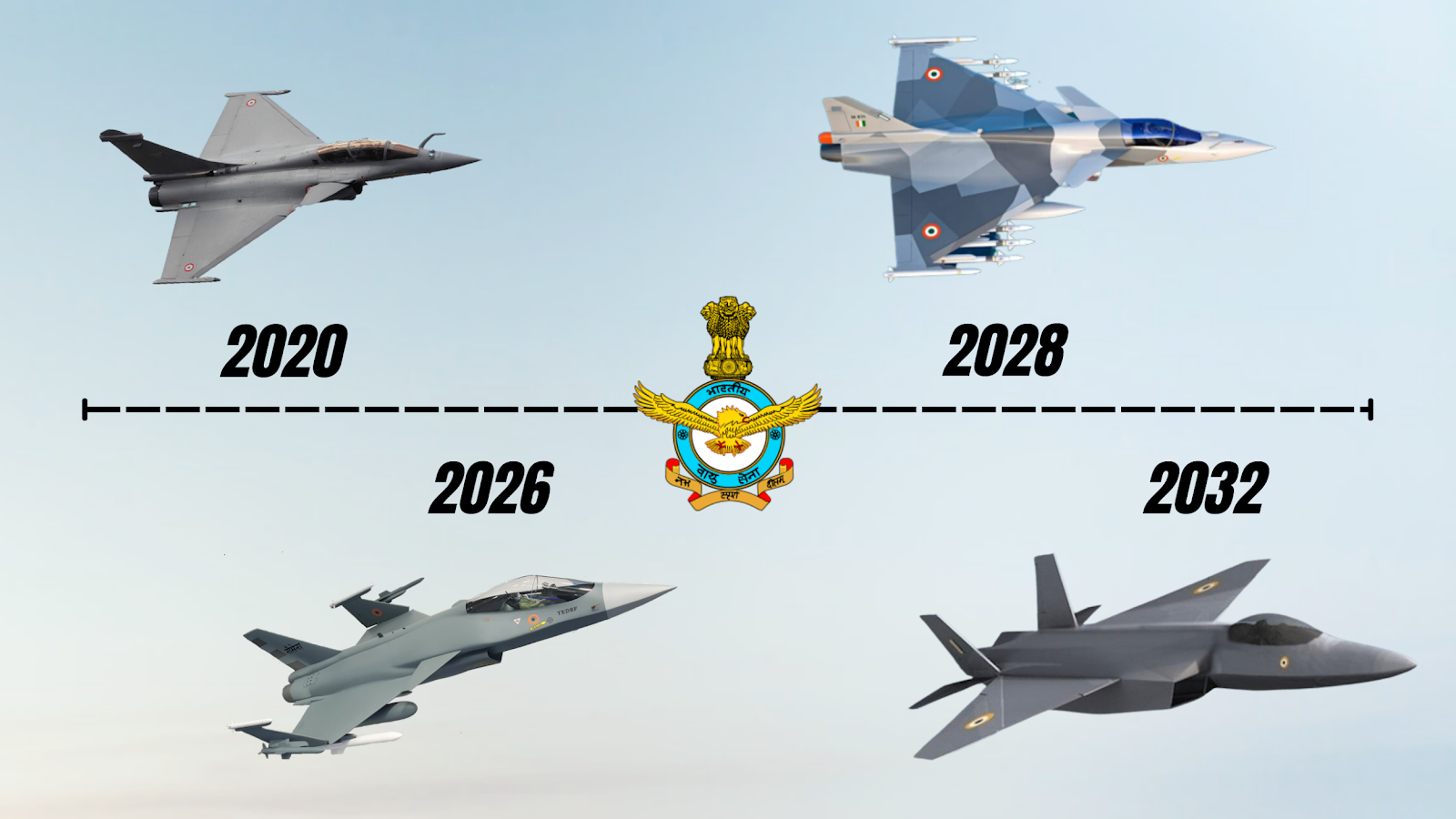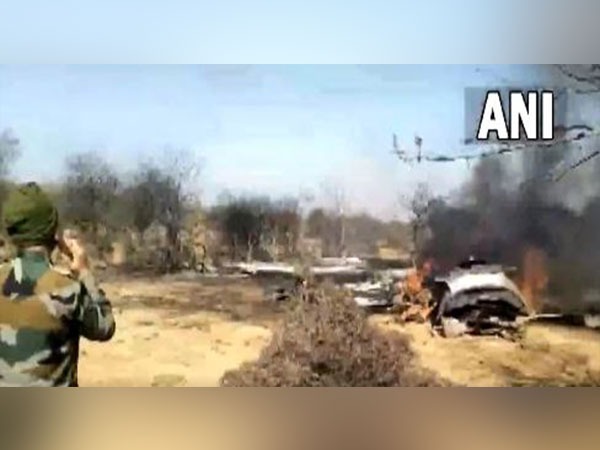The longer we wait the more porous our air defence remains and that won’t help the nation sleep well at night.

www.iadb.in
Lobbyists are the funniest bunch this guy isn't even thinking of mk2 tedbf Or AMCA he just want phoren super fifth gen Su-57 and ultra modern f21 (not to mistaken with f16 that our neighbor has) and finally the FA18 SH for navy and advices to not think of squadron strength but quality



The number of IAF squadrons is well below its authorised strength, but it is better to retire the ageing aircraft, and instead of replacing the squadrons number by number, go in for more advanced, lethal platforms
The Indian Air Force currently has a tad less than 30 squadrons with 1,960 assorted aircraft. The authorised strength is 42 squadrons, so that gives a good idea of how behind the curve we are.
But is it time to reassess this moan and groan mindset and opt for quality, rather than quantity.
Even as the INS Vikrant is launched officially with its 14 MiG 29s the question really is do we need all 42 squadrons or is it more valid to patrol twin borders with a lean, mean more relevant fleet even if the airframes are few. Obsolete aircraft are sitting ducks and scarcely intimidate either China or Pakistan.
We have to invest in aircraft that take on China’s J20 Mighty Dragons and Pakistan’s J10C Vigorous dragons given to them by China. Like for like.
Perhaps rather than try to build up what is a hotchpotch strength of multiple aircraft it is better to limit ourselves to the current 32 squadrons and stop worrying overly about being far below the 39-squadron danger mark.
In a world where UAVs, unmanned drones turning into delivery systems, missile domes like the S400 actually increasingly limit the multi-roles of fighters this is where some lateral thinking makes sense.
The neglect and the dependence on Russian equipment and the fall back on the aging MiG 21 even faster the 1971 conflict now threatens to reduce the strength even further. Next month one of the four remaining squadrons will be farmed off and the other three will end an era over the next three years. First inducted in 1963 the last 60 years, over 400 MiG-21s have crashed since then killing over 170 pilots, according to data from the Ministry of Defence. It is currently called the flying coffin for no fault of its own. Also creaking are the Jaguar and MiG 29 fighters which will have to be phased out. We could drop to as low as 26 active squadrons before building up with the induction of the 36 Rafales.
low maintenance demands as compared to the older Mcdonnell Douglas F 18 Hornets.
The F/A-18 Super Hornet is fully compliant with INS Vikramaditya and INS Vikrant aircraft carrier requisites, according to Boeing, the fighter jets will be able to operate from the slant deck and is hangar to take off capable. In August this year Boeing upped the ante and has made a very strong pitch with the carrier angle at its epicentre and that might just winkle past the post against the equally adept F-21.
In fighter planes, we have put our money on the Su30MK1s with 240 of the ordered 272 already in service. Our frontline needs to be given more muscle. Though the aircraft has had a troubled start, the Sukhoi Su-57 is a Russian-made fifth-generation multi-role fighter designed to destroy all types of air, ground and naval targets and Russia would be willing to give it to us. Add to this the F-21 specifically configured for the Indian Air Force, it strengthens India’s path to an advanced airpower future. Lockheed has truly offered to pull out all stops to get this deal through with India.
In its quite reasonable self-sell Lockheed Martin says: “The F-21 addresses the Indian Air Force’s unique requirements and integrates India into the world’s largest fighter aircraft ecosystem with the world’s pre-eminent defence company. Lockheed Martin and Tata would produce the F-21 in India. It is a new aircraft with a new cockpit display, a larger airframe spine to electronics and a new infrared sensor and refuelling probe.”
The longer we wait the more porous our air defence remains and that won’t help the nation sleep well at night.
Bikram Vohra is a Consulting Editor at IA&D


